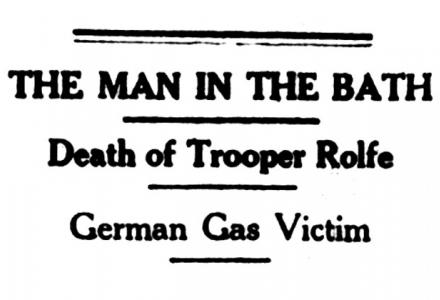Abas Bhawoodeen Ghansar was born in Bombay (now Mumbai) at the height of the British Raj. The young man worked his passage to Australia (via London) and landed in Sydney in 1907.
Australia must have seemed a land of opportunity. But as for many immigrants, the promise fell short of reality for Ghansar. He became a hawker on the streets of Sydney, living off what he could sell and what he could carry. Hawking was a life of constant movement—vagrancy laws meant he drifted from town to town, one step ahead of the authorities.
India was part of the Empire, and by 1917 the loss of white troops made Britain increasingly reliant on vast reserves of so-called ‘coloured’ manpower across its colonies. That October, Abas Bhawoodeen Ghansar offered himself for service at Victoria Barracks, Sydney. Almost 40 years old, barely 5 feet 4 inches in height, and weighing less than 130 pounds Ghansar would not have been accepted some months earlier, but by now the Army would take almost anyone. A man born in Bombay, donned an Australian uniform, and was sent off to fight in Europe. Such was the transnational reach of the first global war of the twentieth century.
By any measure, it was not a distinguished record of service. Worn out by a life on the road, Private Ghansar spent more time in British hospitals than he did in the field in France. He suffered bouts of influenza and severe tonsillitis and was also treated for VD. In July 1918, some nine months after leaving Sydney, Private Ghansar was deemed medically unfit by the military authorities and repatriated back to Australia.
In 1926, Ghansar returned to the subcontinent. We have found no record of what became of him there. There is no acknowledgement of his service on any monument raised in Australia, let alone the few memorials that survive in India. Abas Bhawoodeen Ghansar is not a name that ‘liveth for evermore’.
And this story reminds us of who and what we forget when we remember war. The ethnic and cultural diversity of the First AIF remains an under-researched field and popular understandings of the ‘digger’ valorise a white warrior of Australian birth and/or British descent. It also highlights the way war affected every corner of the Empire and the varied ways war is remembered by former colonies now asserting national sovereignty. The memory of war is as much about the present as it is the past.



